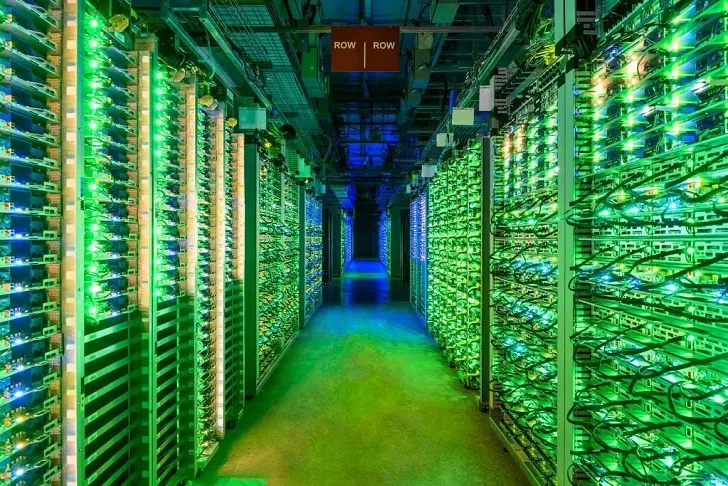In today's digital age, information technology (IT) is the backbone of most organizations. A well-designed IT server room is crucial for the efficient functioning of an organization's IT infrastructure. The following article outlines some of the key considerations to keep in mind when designing an effective IT server room.
- Location:
The location of the server room is critical. It should be situated in a
secure, dry, and cool environment, free from moisture, dust, and other
contaminants. The room should also be easily accessible to IT staff for
maintenance and repairs.
- Power
and Cooling: IT equipment generates a significant amount of heat,
which must be adequately controlled to prevent equipment failure. An
effective cooling system should be installed to maintain a constant
temperature and humidity level. Additionally, the room must have reliable
power sources with backup power options in case of power outages.
- Layout:
The layout of the server room should be carefully planned to maximize
space and facilitate efficient work processes. The equipment should be
arranged in a logical manner, with adequate space for maintenance and
repairs. The room should also have clear pathways and sufficient lighting
to enable easy movement and visibility.
- Rack
and Cabinet Space: The server room should have enough rack and cabinet
space to accommodate current and future IT equipment requirements. When
selecting racks and cabinets, consider factors such as size, weight
capacity, ventilation, and accessibility.
- Security:
The server room is the heart of an organization's IT infrastructure,
and as such, it must be kept secure at all times. Access to the server
room should be restricted to authorized personnel only, with robust
security measures such as biometric authentication, CCTV cameras, and
intrusion detection systems in place.
- Cable
Management: The server room should have a well-planned cable
management system to prevent cable clutter, which can lead to equipment
damage and hamper maintenance and repairs. Use cable trays, conduits, and
racks to keep cables organized and properly labeled for easy
identification.
- Fire
Suppression: IT equipment is highly susceptible to fire, and
therefore, an effective fire suppression system must be installed in the
server room. A combination of early warning systems, fire suppression
agents, and fire-resistant materials should be employed to minimize damage
in the event of a fire.
- Monitoring:
An effective IT server room should have a monitoring system in place to track
critical parameters such as temperature, humidity, power usage, and
equipment status. This system can alert IT staff to potential problems
before they escalate, allowing for quick resolution and minimal downtime.
In conclusion, designing an effective IT server room is a critical aspect of ensuring the smooth functioning of an organization's IT infrastructure. The above considerations should be kept in mind to ensure the server room is secure, well-organized, and equipped with the necessary infrastructure to support current and future IT requirements. With proper planning and implementation, an effective IT server room can help organizations maximize their technology investments, minimize downtime, and achieve their business objectives.
